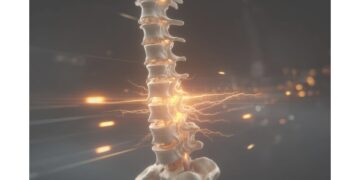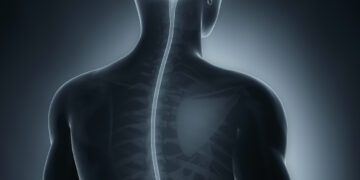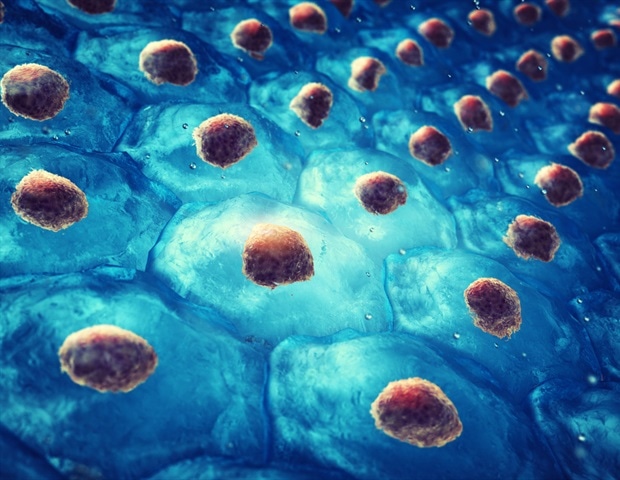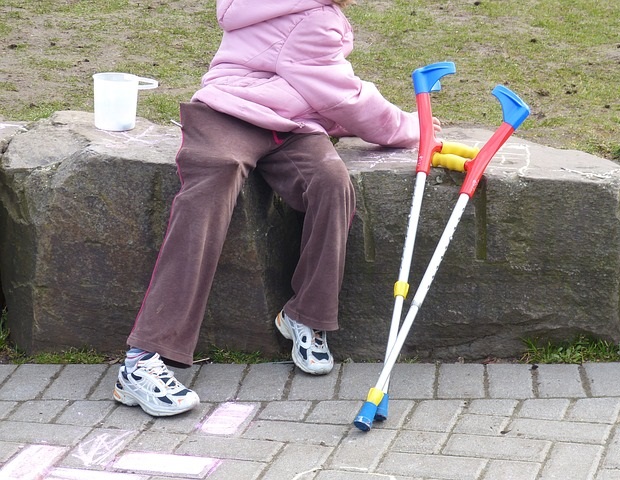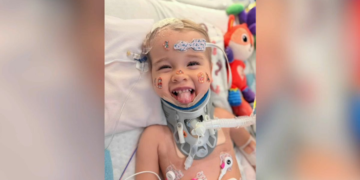Summary: Using whole genome sequencing data from more than 347,000 individuals, researchers quantified the extent to which genetic differences explain human traits such as height, body mass index, fertility and disease risk. The results show that genes account for about 30% of the variation between individuals, with highest estimates for traits such as height and lowest for fertility.
Unlike twin studies that mix genetic and environmental factors, genome sequencing isolates genetic influence more precisely. This advancement allows scientists to better identify disease risks early, advancing preventive medicine and genetic understanding.
Key facts
Large scale sequencing: data used from 347,630 people in the UK Biobank. Range of heritability: Genes explain between 12 and 74% of the variation among traits. Clinical potential: Findings could help identify disease risks long before symptoms arise.
Source: University of Queensland
Genome sequencing has been used to determine the extent to which genes influence human characteristics, including height and weight, and susceptibility to diseases such as type 2 diabetes, in a study co-led by researchers at the University of Queensland and collaborators at genomic technology company Illumina, Inc.
This study is the largest of its kind and used DNA sequences from 347,630 people of European ancestry from the UK Biobank to quantify the extent to which trait differences between people can be explained by genetic factors, known as heritability.
Professor Loic Yengo from UQ’s Institute of Molecular Bioscience said whole genome sequencing allows for accurate measurement of most genetic variants, unlike traditional methods that use data from family members and twin studies.
“An outstanding question in human genetics has been the extent to which twin-based heritability estimates could be replicated using modern genomic technologies when applied to unrelated individuals,” Professor Yengo said.
“Our study answers this question and demonstrates for the first time that this approach works.”
Among the 34 characteristics and diseases the researchers studied were height, body mass index (BMI), cholesterol, hypertension, fertility, smoking and heart disease.
“Across the traits studied, we have estimated that genetic factors can explain on average 30 percent of the differences between people, ranging from 74 percent for height to 12 percent for fertility,” Professor Yengo said.
“One of the limitations of the traditional approach is that relatives and twins share not only genes but also environmental factors.
“For example, family-based estimates put the genetic influence on a person’s BMI at 50 percent, but genomic sequencing determined the influence was 35 percent.”
The next step is to map the genes or genetic variants between individuals to explain why some people develop diseases and others do not.
“This would allow people at risk to be identified early and preventive measures taken long before the disease develops,” Professor Yengo said.
The research was funded by the Australian Research Council and the Snow Medical Research Foundation.
Co-author and vice president of Artificial Intelligence at Illumina, Kyle Farh, said population-level genomic data sets, like the UK Biobank, give researchers access to a huge amount of data.”
Key questions answered:
A: They analyzed genome sequences from more than 347,000 people to measure the extent to which genes influence traits such as height, weight and disease risk.
A: Genes explain about 30% of individual differences overall: up to 74% in height and 12% in fertility.
A: It confirms that genome sequencing can accurately estimate heritability without relying on twin studies, paving the way for early prediction of disease risk.
About this genetic research news.
Author: Dea Clark
Source: University of Queensland
Contact: Dea Clark – University of Queensland
Image: Image is credited to Neuroscience News.
Original research: Open access.
“Estimation and mapping of missing heritability of human phenotypes” by Loic Yengo et al. Nature
Abstract
Estimation and mapping of missing heritability of human phenotypes.
Rare coding variants shape interindividual differences in human phenotypes. However, the contribution of rare non-coding variants to these differences remains poorly characterized.
Here we analyzed whole genome sequence (WGS) data from 347,630 individuals of European ancestry in the UK Biobank to quantify the relative contribution of 40 million single nucleotide and short indel variants (with a minor allele frequency (MAF) greater than 0.01%) to the heritability of 34 complex traits and diseases.
Averaged across phenotypes, we find that WGS captures approximately 88% of pedigree-based narrow sense heritability: that is, 20% of rare variants (MAF < 1%) and 68% of common variants (MAF ≥ 1%). We show that coding and non-coding genetic variants account for 21% and 79% of the WGS-based heritability of rare variants, respectively.
We identified 15 traits with no significant differences between WGS-based and pedigree-based heritability estimates, suggesting that their heritability is fully explained by the WGS data.
Finally, we performed genome-wide association analyzes of the 34 phenotypes and overall identified 11,243 common variant associations and 886 rare variant associations.
Taken together, our study provides high-precision estimates of the heritability of rare variants, explains the heritability of many phenotypes, and demonstrates, for lipid traits, that more than 25% of the heritability of rare variants can be mapped to specific loci using less than 500,000 completely sequenced genomes.

